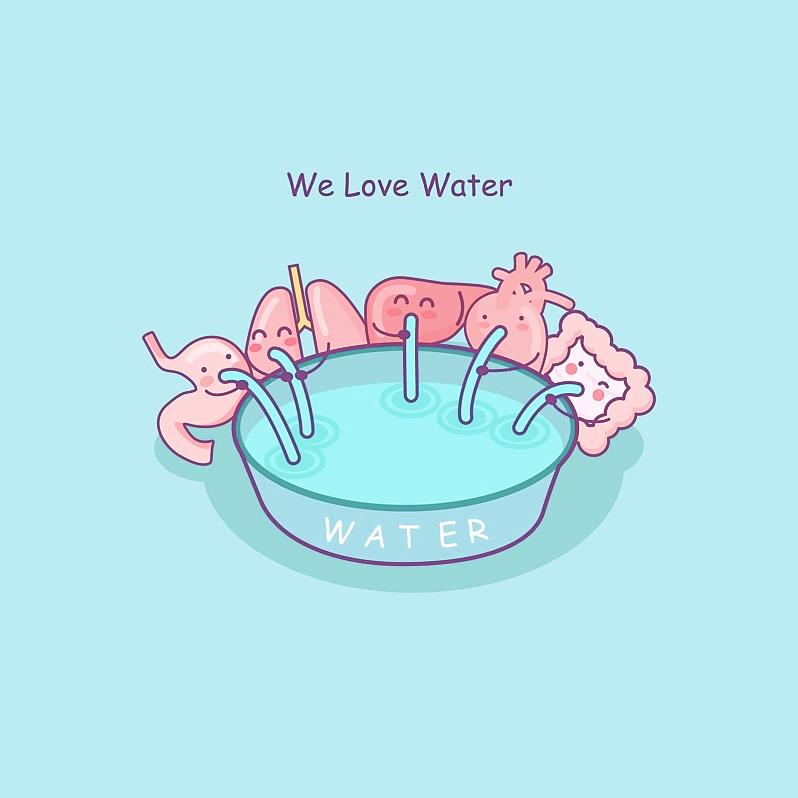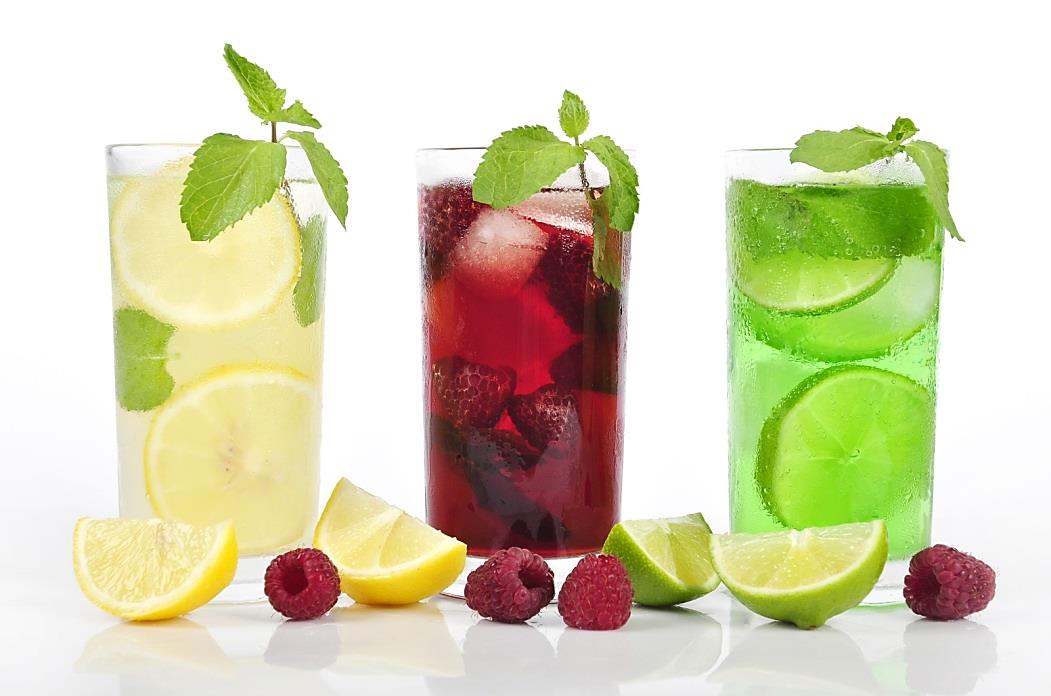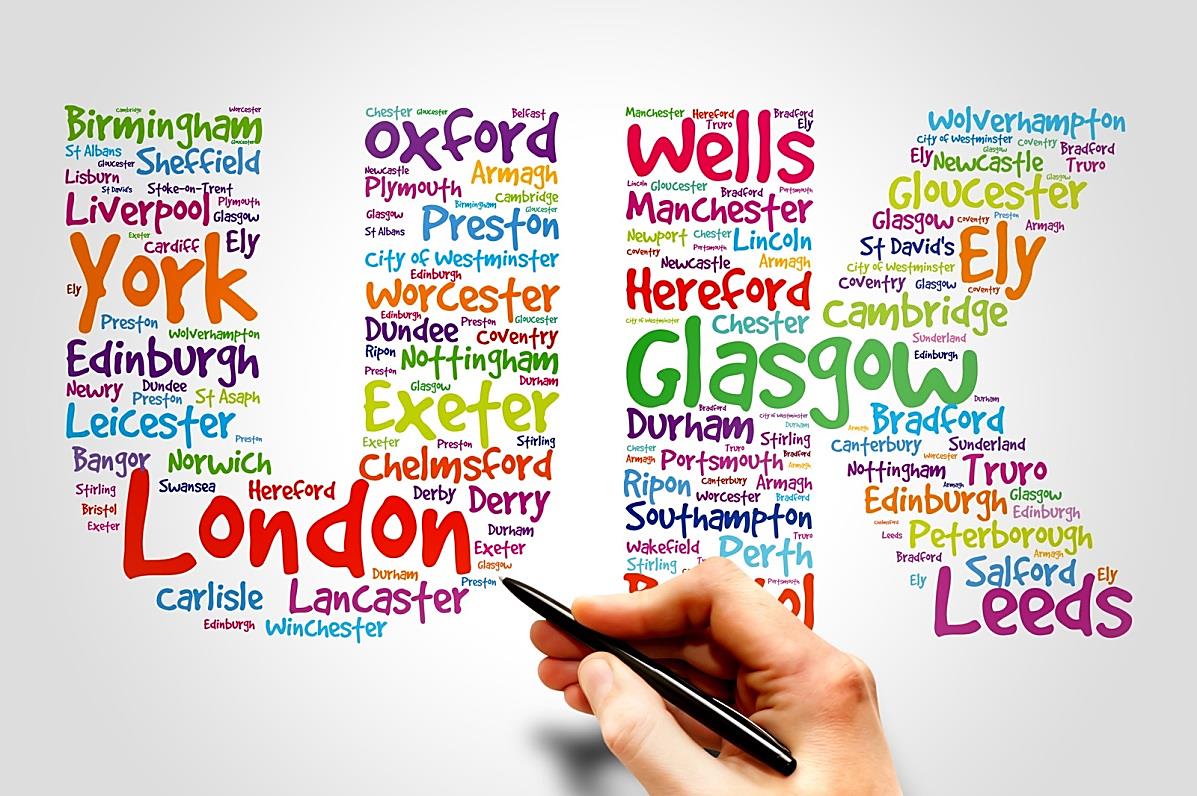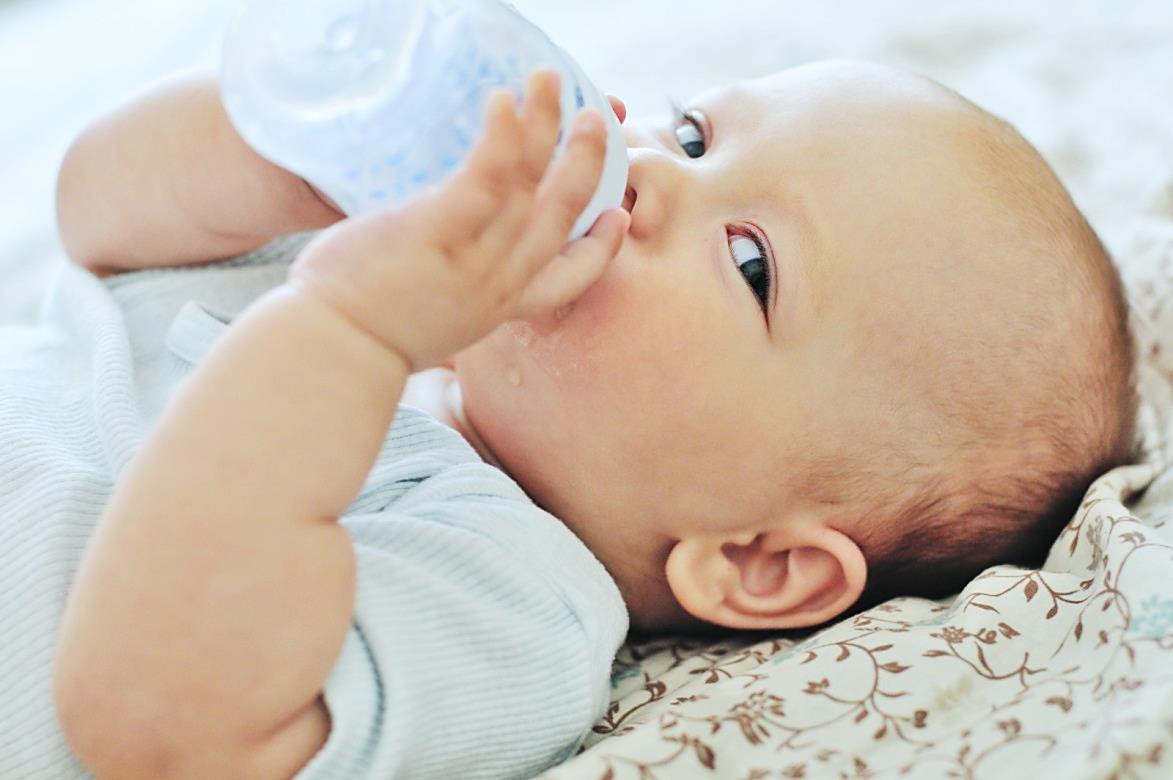
by Fern Shaw | Feb 20, 2018 | Water, water cooler
With the all-encompassing advent of our world online, I have been wondering for some time now if puns just aren’t the things of beauty they once were. Post millennium there are more social media pun dedicated pages than you could shake a stick at. I’ve also noticed (an observation, not a criticism) that quite a few are really reaching.
One can’t help but think that if puns are becoming obsolete (by the mere fact that there are just too many of them being churned out to be of any relevance) are the other witty extensions of language soon to be on a slippery slope of obsolescence?
While you ponder these thoughts, we’d like you to consider the raison d’être behind the rather pun filled headline of this blog.
As I’m sure you’ve gathered, what we’re asking (a perennial favourite) is are you adequately (AquAidly) hydrated? If not, why not? Is it because you’re unsure of what qualifies as adequate hydration? Well, there we can help.
Being as we are a water and water cooler provider of some 20 years, it’s our business to know all about proper hydration. We’re constantly checking to ensure that we’re up-to-date about all things drinking water related.
One of the ways that we pass on this information to you, dear online reader, is by providing a quick reference guide at our website. That’s here.
Aside from that, we have over 22 AquAid branches throughout the UK, staffed by highly experienced water knowledgeable teams who are more than equipped to provide you with the right water provision solution tailor-made to suit your hydration requirements.
We can’t, of course, make you hydrate properly as that’s certainly up to you. We’re also not using the terms – lead-horse-water-drink in here, perish the thought – but we are hoping that you recognise for your own health and well-being how important it is to make sure that you are aware that in order to perform at your peak, whether at work or play, you need to be adequately (AquAidly) hydrated.
We’d love to be able to assist. Contact us today.

by Fern Shaw | Jul 10, 2017 | mains fed water cooler, Water
By now you may have noticed that at AquAid we’re more upbeat about things in general – we certainly don’t believe in being proponents of all things doom and gloom. That said, however, with decades of water provision under our belts, we’ve learnt a thing or two about how vitally important it is to keep yourself sufficiently hydrated, come rain or shine.
This may lead us to bang on a bit about the importance of drinking water, we know, but that’s because it really is that important – especially for your overall health and well-being.
So summer is here, and we’re all gadding about in our summer gear, the sun is shining, we’re hanging about outside during our breaks, shooting the breeze, soaking up the sun – and we may be a bit more inclined to forget about how much water we should be drinking.
Enter stage mid-section, a rather persistent, nagging pain in your lower back. And it gets worse. The next thing you know, the pain has ramped up from worrisome to excruciating. Without realising it, by not drinking enough water, you may have kidney stones – and in the summer months, especially at the peak of summer in July – the incidences of kidney stones increase significantly:
According to Bhaskar Somani, associate professor of urology at the University of Southampton, and a consultant urological surgeon at University Hospital Southampton NHS Foundation Trust, “habitual non-drinkers of water” were at particular risk.
He spoke out following his team’s study of more than two million patients worldwide, which found a strong association between warm weather and kidney stone disease.
The research, which included data from Europe, Asia, the Middle East, New Zealand and America, showed there were more admissions in July – when the temperature was hottest at 25C or above – than any other month of the year.
“This is the largest study of kidney stone data and it shows a definite and strong link between warm weather and kidney stones, with most admissions occurring during July,” said Mr Somani, a senior author on the paper, which was published in the Journal of Endourology.
“Although a combination of obesity, poor hydration, high blood pressure and a lack of exercise is responsible for stone development, the current hot weather ahead of July could cause cases in England to rocket next month.”
Now, as we’ve already said, we’re rarely about bad news, however, we also believe that forewarned is forearmed. Also, the good news is that maintaining good health can really be as simple as keeping up your water intake, as mentioned, whatever the weather.
If you’d like to know more about how easy it is to ensure you keep yourself, your staff, or your school in tip top water condition, please speak to us at AquAid. We’d love to assist with all your water, bottled and mains fed water dispenser requirements.

by Fern Shaw | Apr 21, 2017 | Water
Spring is apparently upon us, so hopefully with temperatures on the rise, the keeping fit and getting in shape for summer is becoming priority One. This means (hopefully), that one’s water intake will increase too. To make your water intake more fab and fun, herewith a range of suggestions that should keep you feeling marvellous, looking more fit and keeping hydrated:
- Add cucumber. If you prefer a flavour that is less sweet, add just a few slices to your glass and the subtle flavour gives your water a fresh, spa-like taste. If you have more time, fill a pitcher with a handful of cucumber slices and let it sit in your fridge.
- Make yourself feel cocktail-ish. If drinking water can seem too bland, try it with a twist of lime or a splash of sugar-free fruit juice – cranberry or pomegranate juice are great options. Try different combinations, how about grapefruit and blackcurrant? Yowzer.
- Mint cubes. Make mint ice cubes by throwing a small sprig of spearmint, peppermint, or lemon mint into the ice cube tray, add water and freeze. You can also do this with your favourite herb, like rosemary or basil. **
- Go Herbal. Add powdered or freshly sliced ginger, bruised mint leaves, or lemongrass to amp up your H2O. Or go floral. Lavender and rose hips are loaded with vitamin C and may help ease arthritis pain.
- Make It ‘Sassy’. Stay hydrated with a stomach-soothing recipe for Sassy Water. It combines fresh ginger, cucumber, lemon, and spearmint for a tummy-pleasing cocktail.
- Water as a Meal. If downing water all day is what bores you, try treating it as a meal—or, better yet, three meals. Try drinking water to a comfortable fullness 3 times a day. On colder days, it might be less; on warmer days, more. But comfortable fullness should be enough to stay hydrated. This will lower the amount of calories you eat for roughly an hour afterward.
- Switch It Up. Simply change the way you drink water – out of a glass instead of a bottle, for example. Or drink it at a different temperature. If you change the temperature, you can change the experience and that can be enough to alter your water intake. Remember, cold water takes longer to drink. If you want to down it faster – to get your water intake over with – drink it at room temperature instead of icy cold.
Remember, whether commuting; exercising; not exercising; working; relaxing or socialising – in fact, pretty much every –ing except sleeping, keep hydrated this spring – it can only be good for you.
*updated from the original blog posted on 9 Apr 2013
**excerpts from an article at Rodale Wellness

by Fern Shaw | Mar 9, 2017 | Water, water cooler
If there’s one thing I love, its words. Long words; clever words; descriptive words; short words; double-entendres – they all make me smile.
What I love in particular though are euphemisms, or adjectives that have formed through colloquial speech and are either endemic to a particular region or country or have been picked up and adapted in different countries.
Depending on where you hail from, you probably use these expressions all the time, but perhaps you don’t know where they originate from. Here’s a choice few for your enjoyment. I for one, certainly didn’t know the origin of:
Doolally
What it means: Temporarily deranged or feeble-minded.
Example: ‘Uncle’s gone doolally again’.
Another meaning: Transported with excitement or pleasure.
Example: ‘I saw a pair of shoes that I know Doris would go doolally over’
Origin: Early 20th century: originally doolally tap, Indian army slang, from Deolali (the name of a town with a military sanatorium and a transit camp) + Urdu tap ‘fever’.
Argy-bargy
What it means: Noisy quarrelling or wrangling.
Example: ‘It’s all part of the argy bargy, he says, of the debate that has dominated politics over the past few months or so’.
Origin: Late 19th century (originally Scots): rhyming jingle based on argue.
Barmy
What it means: Eccentric or foolish.
Example: ‘If you ask me, that bloke going on about using sunflower oil as a petrol sounds right barmy’.
Origin: an obscure term derived from ‘barm’, that is, ‘the froth that forms on the top of fermenting malt liquors,” which had been metaphorically, but sparingly, used to mean ‘flighty’ or ‘excited’.
Gee-gees
What it means: Horses. Usually children and gambler’s use.
Example: ‘I’m off to place a bet on the gee-gees’.
Origin: Possibly from the founding father of Chester Races, Henry Gee, whose name led to the use of the term ‘gee-gee’ for horses. Also, ‘gee’ or ‘gee up’ is also a command to get a horse to move faster. It’s also apparently used to have a draft animal turn right. As opposed to haw, which is a command to turn to the left.
There’s also a rather hysterical (imo) joke that goes:
How do you spell ‘Hungry Horse’ in four letters?
M T G G (Empty Gee-Gee).
Who knew? Well, now you do. Why not try them out on a colleague on your next trip to the water cooler when you’re replenishing your water. If nothing else, it’s sure to raise a laugh, especially if you’re having a big day at the office.

by Fern Shaw | Feb 21, 2017 | Water, water cooler
We’re here to help. Yes, of course, we’re in the business of providing you with cool drinking (and hot)
water at your premises, whether that’s at your
office; warehouse; site; practice; university; college or
school, but we’re also concerned with ensuring that you drink enough
water to keep yourself well hydrated throughout the day, which is why we’ve written this ‘Best Practice Guide’ for you:
Step One
- Educate: Having everybody in the work space on board is the most crucial component in an hydration plan. Educate yourself about the negative effects and downsides resulting from drinking too many fizzy drinks and caffeinated drinks instead of water. Use visual reminders – e.g. put up a poster illustrating good hydration techniques; these are a great way to continually reinforce to you the importance of drinking water. The benefits of drinking sufficient water are manifold.
Step Two
- Assessment: The best way to assess your hydration status given the variables of body mass, work routines and other personal and physical aspects is to monitor urine colour. When you are drinking enough water your body is in balance and your urine will be a pale straw yellow colour (Hydrated). When you haven’t drank enough water your kidneys try to save as much water as they can and cause you urine to be darker in colour (Dehydrated). Speak to your local AquAid branch about our dehydration charts, which clearly illustrate the difference between being hydrated to mildly and severely hydrated.
Step Three
- Implementation: – The most critical part of the best practise guide is to ensure that drinking water is very readily accessible and is appealing to drink. Keep a bottle of water on your desk to encourage continuous sipping during the day. If you’re in a smaller work space, perhaps you and your colleagues can ask that the water cooler be placed in an area that you can either see from your desk or that you are walking past on more than one occasion during the day.
Conclusion: Encouraging hydration during the work day can have a significant impact on your own overall performance and well-being. This requires a commitment from you, so keep up to date on the positive effects of staying hydrated.
Contact us at AquAid today – we’d be delighted to assist you with which water cooler dispenser is best suited for you based on your requirements.

by Fern Shaw | Feb 21, 2017 | Water, water cooler
Yes, yes, we know we blather on about
water. A lot. But it’s mainly because we’re so invested and immersed in the provision of water and through this we’re well aware of the benefits of making sure you’re probably hydrated. We’re also aware that drinking water (perhaps because it’s so very vital to our function and well-being?) can become a chore, so the idea is what can you do to make a necessity seem like more fun?
Have a conversation with your inner child. Yep, do. Before you think I’ve gone doolally, (more about this word later) think about it. If you believe it’s important that your children don’t get into bad drinking habits – drinking sugary fizzy drinks or pop and the like – and you have them on the right track – why not apply the same mind-set to yourself? Take yourself back to the days when you raced around all over and chugged water all the time because that was your default setting – thirsty? Drink water.
Teach yourself good habits. There have been some rather unsettling reports about the lethargy produced from computer and office bound work. When you’re at work, combat these by ensuring that at your break times, you leave your desk and perambulate over to the water cooler area. While it won’t be welcomed if you pretend that you’re stalking prey at a watering hole in the Serengeti, a quick confab with your colleagues while you replenish your water bottle, will give your brain a break.
Stake your water bottle claim. Fun it up at the office by ensuring that your water bottle that you replenish at the water cooler is distinctive and ‘you’ branded and unlikely to be claimed by a magpie type colleague. Who knows, you could start a trend!
Use a straw. There’s just something about drawing liquid up through a plastic tube. Perhaps it’s reminiscent of how we drank as infants and babies – have sippy nozzle, will drink. Then there’s also a rather inexplicable appeal to brightly coloured, bendy tubes. Don’t ask. It just works.
Keep a glass of water next to your bed. Again, heading home, we refer to the child in us. Think about all the times a child will ask for water before they go to bed, or for that matter, after they’ve gone to bed. Granted, a lot of the requests for water at bedtime for younger children can be due to an avoiding going to bed tactic – we’re onto you, little person! – but children know when they’re thirsty and they don’t avoid the call – they act on it, as should you. So, to avoid you having to bash and crash your way to the bathroom or kitchen half asleep, keep a bottle of water or a pretty glass of water next to your bed. Not only will it help quench that raging middle of the night thirst, but it won’t eat into your resting time as much as it would if you keep on having to get up and traipse off to find water in another room.






